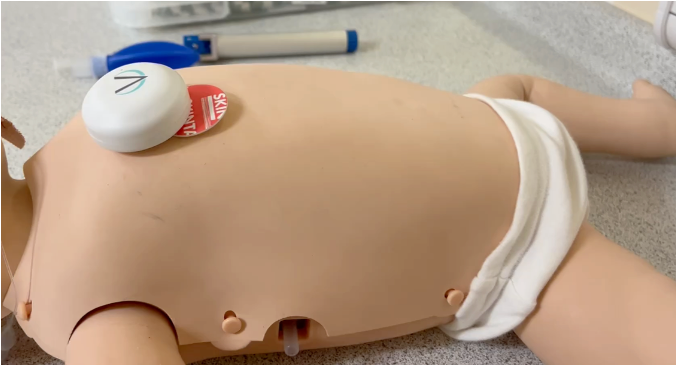Ambulance trust shares info
- 11 February 2014

North West Ambulance Service NHS Trust has developed an electronic referral information sharing system for all health and social care providers in the North West.
The trust launched the system, which does referral processing and alert request management, at the end of last month. It is designed to enhance communications between the ambulance trust and other NHS organisations across the North West and therefore improve patient care.
Steve Barnard, the trust’s head of clinical governance, said the system acts as a single point of access when sharing patient information.
“As an emergency service, North West Ambulance Service has developed ERISS as a reliable, secure and technologically advanced system which enables our clinicians to access valuable patient information en route to a patient,” he said.
The web-based system went live on 27 January after running a beta product since February 2013 and has 1625 users.
The ambulance trust can use it to transfer referral information to other organisations and it provides a secure portal for the organisations to inform the trust of care planning arrangements for specific patient groups, such as diabetics or COPD patients.
When an ambulance responds to a 999 call and it turns out the patient does not need to go to hospital, the ambulance crew can check available referral pathways in the area and create a referral which alerts the patient’s care provider.
The referrals are securely managed within the system, which provides reporting capabilities and ensures the referrals are followed up.
It also provides GPs with the ability to tell the ambulance crew responding to an emergency call if the patient has an individual care plan or highlight the patient’s existing medical condition.
The system will remind GPs when an alert is due to expire and prompt them to review the patient history and update the alert.
“This enables and supports informed clinical decision making when assessing and treating the patient, in order to deliver safe care closer to home and avoid unnecessary admission to hospital, for those patients with long term or identified care needs,” said Barnard.




